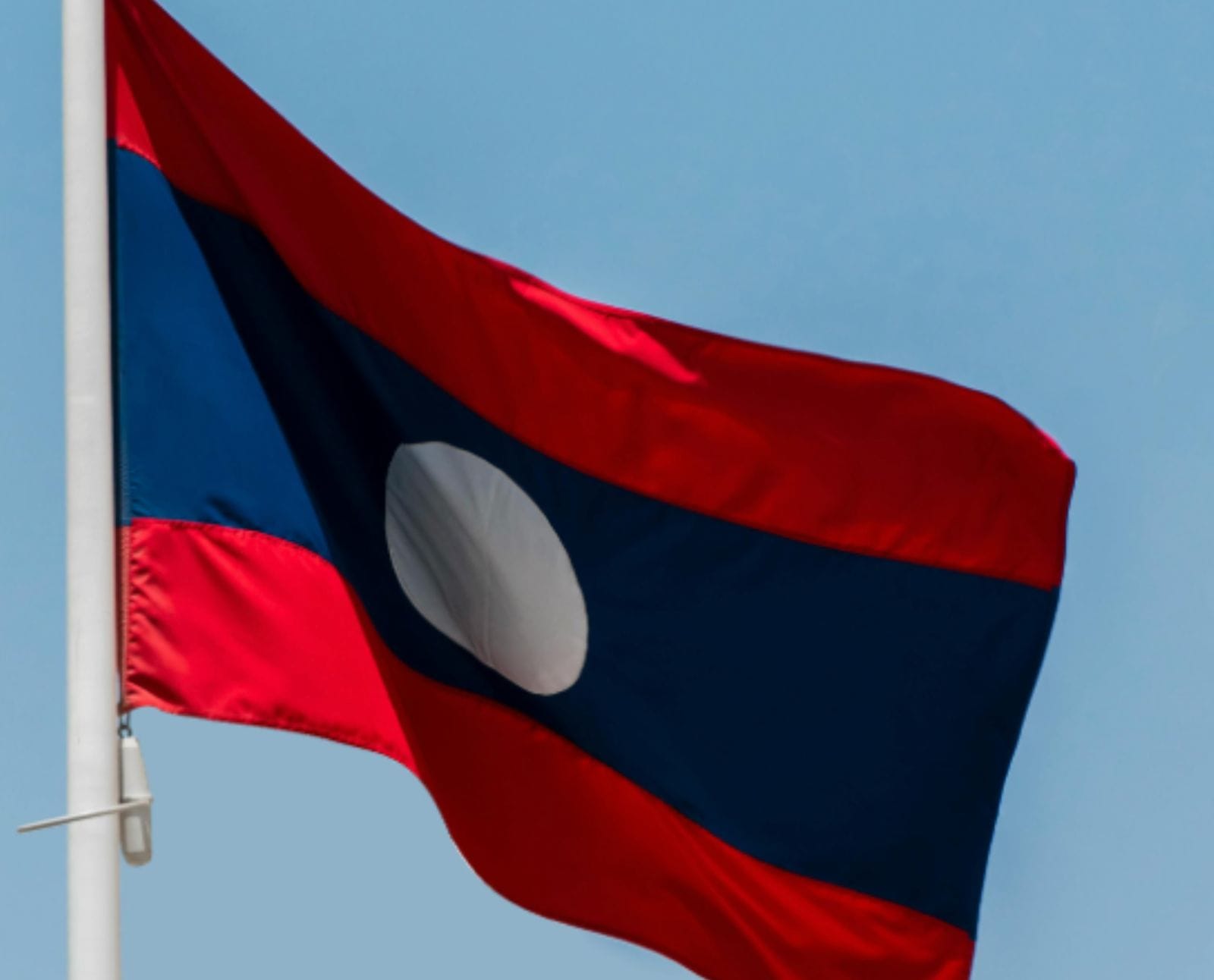Laos Faces Mounting Debt Crisis Amid China’s Influence
China is funding ambitious infrastructure projects, most notably the China-Laos railway. This railway, a symbol of connectivity and progress, has become both a lifeline and a potential albatross for the Laotian economy.

Laos, a landlocked nation nestled in Southeast Asia, finds itself at a critical juncture. The convergence of economic pressures, geopolitical tensions, and a debt burden that looms large has thrust this small country into the spotlight. As the global pandemic continues to wreak havoc and the conflict in Ukraine unfolds, Laos grapples with a precarious situation—one that demands urgent attention.

The Debt Quandary
Laos’ total public and publicly guaranteed debt has ballooned to a staggering 88% of its gross domestic product (GDP), reaching a formidable $14.5 billion. What’s more, nearly half of this debt is owed to a formidable creditor: China. The primary purpose of this financial inflow? Funding ambitious infrastructure projects, most notably the China-Laos railway. This railway, a symbol of connectivity and progress, has become both a lifeline and a potential albatross for the Laotian economy.
Moody’s Warning Bell
The international credit rating agency Moody’s recently wielded its analytical scalpel, downgrading Laos’ credit rating to a concerning Caa3. The rationale behind this move is twofold: First, Laos bears an excessive debt burden, and second, its foreign exchange reserves inadequately cover external debt maturities. In plain terms, the risk of default on Laos’ obligations now looms large. Investors and policymakers alike are watching nervously as the country treads a tightrope between solvency and insolvency.
Unraveling the Crisis
Scratching beneath the surface reveals a crisis with multiple layers. The immediate triggers include the soaring oil prices, a consequence of the ongoing conflict in Ukraine, and the U.S. interest rate hikes. These external shocks have sent ripples through the Lao economy, impacting the value of the national currency—the Lao kip. However, the roots of the crisis delve deeper. Laos’ strategic decision to accumulate substantial debt for large-scale infrastructure ventures—often funded by China—has set the stage for the current predicament.
China’s Dominance and the “Debt Trap”
China, the dragon that straddles the global economic landscape, remains Laos’ largest foreign investor. With a portfolio of projects exceeding $16 billion in 2023, Beijing’s influence is palpable. Yet, this symbiotic relationship has raised eyebrows. Critics point to the so-called “debt trap”, a phenomenon where countries accepting Chinese infrastructure financing find themselves ensnared. Sri Lanka’s experience with the Hambantota Port serves as a cautionary tale. While China’s Belt and Road Initiative promises connectivity and prosperity, it also carries the risk of indebting economically vulnerable nations.
The Precarious Path Ahead
As the sun sets over the Mekong River, Laos stands at a crossroads. Its debt crisis, intricately woven with China’s largesse, threatens to tip the scales. The country’s fate hinges on prudent financial management, diplomatic finesse, and a delicate balancing act. Will Laos emerge from this quagmire unscathed, or will it succumb to the weight of its obligations? Only time will reveal whether the Laotian phoenix can rise from the ashes of debt and uncertainty.
Laos’ debt crisis is a cautionary tale—a reminder that economic development, when fueled by borrowed funds, demands vigilance and foresight. As the world watches, Laos grapples with its reliance on Chinese loans, hoping to navigate the treacherous waters of development without capsizing.

